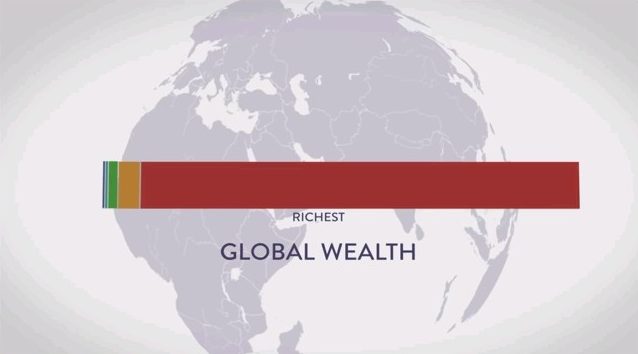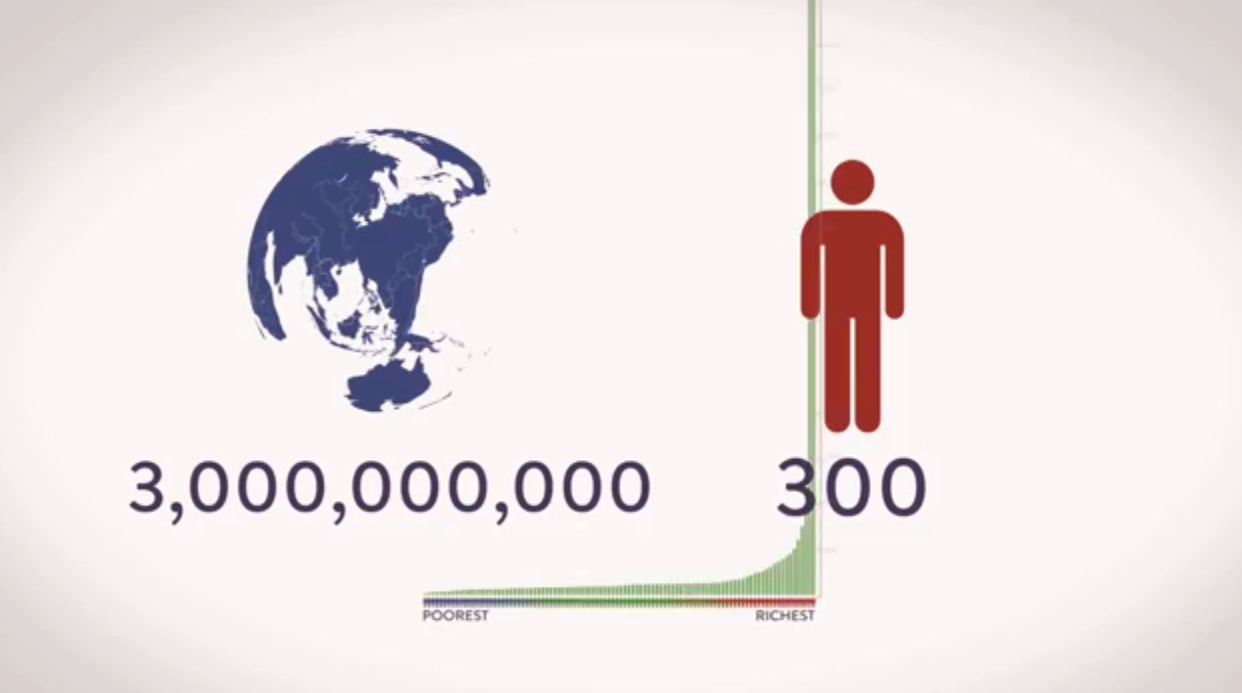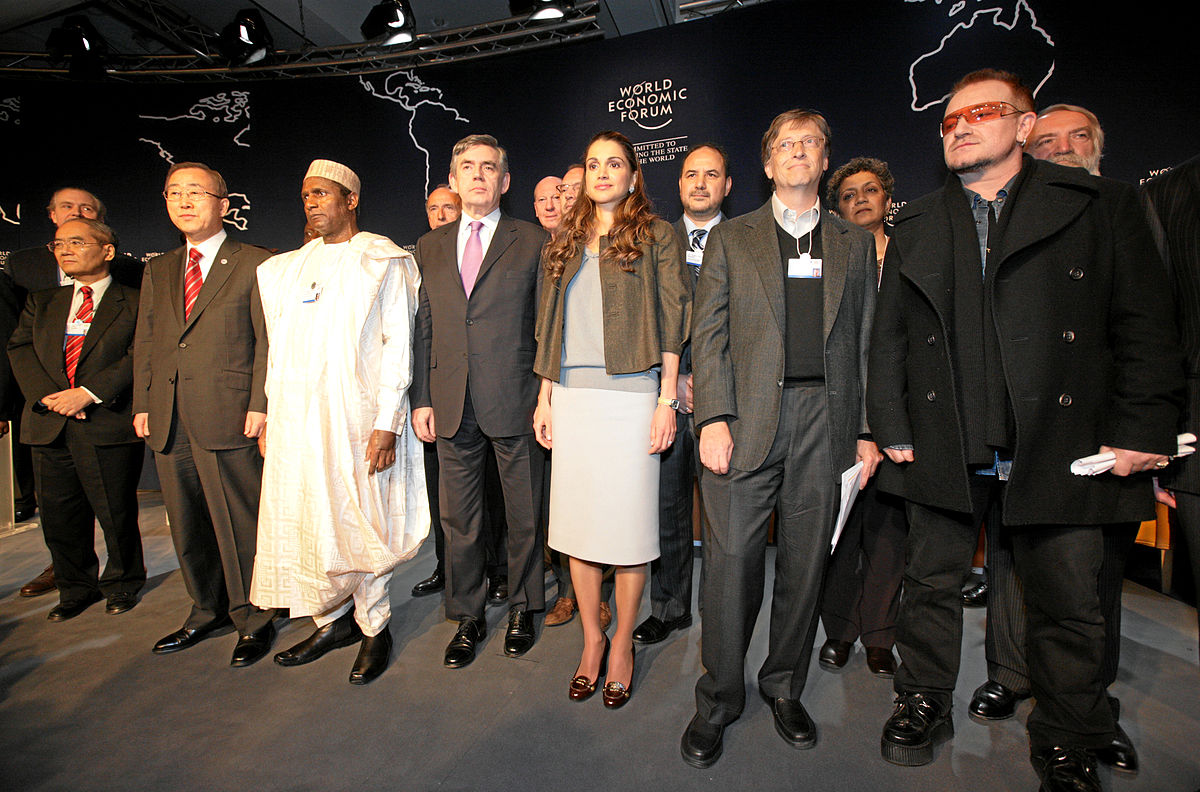
After addressing a Joint Session of Congress on the environmental and moral crisis of climate change today, the Pope spoke to one of the largest congregations at the National Mall since two million people attended President Obama’s inauguration. Shortly before his address, Larry Kopald, from The Carbon Underground, a not-for-profit organisation, delivered a message of hope to the crowd. “For the first time a real solution to climate change has emerged. Studies from around the world are clearly showing that restoring the health of soil harmed by industrial farming techniques can not only sequester enough carbon to halt climate change, but has the potential to actually reverse it in our lifetime, all while feeding us abundant and healthy food. It’s literally a shovel-ready solution to the biggest crisis facing humanity.”
The Carbon Underground is part of a growing global coalition of research institutes, businesses, universities, religious organisations, and civil society organisations that are pointing to the new science showing how simply growing our food in a healthier manner, where soil is kept vibrant and alive, can draw down and store enough carbon to reverse climate change.
Martin Kirk from The Rules said today, “This isn’t about waiting for some brilliant new technology to be invented. This is about using a technology tested and refined over hundreds of millions of years, called photosynthesis. It is quite literally a system for ensuring that life can flourish. The problem is that we are harming our soil so much that we’re effectively shutting this system down. We can wake it up again, starting today. The moral case for doing so is unimpeachable.”
Most people don’t know that between 40% and 50% of manmade carbon emissions are created by industrial agriculture and our food production systems. But we now know that what farming put into the atmosphere, farming can remove. “The ability of photosynthesis, leveraged with advanced farming and grazing practices, to return us to preindustrial levels of COs is now clear. This is the world we can hand to our children, if we act now,” said Dr. Tim LaSalle, Professor Emeritus, Cal Poly.
Ronnie Cummins, from the Organic Consumer’s Association, went on to say that “Regenerative farming proves, without a shadow of a doubt, that farms that use the regenerative model can not only feed the planet, they can help the return the whole planetary system to a state of safety and abundance.”
Why, then, haven’t most people heard about regenerative farming? That answer seems to fall into two categories. First, although new studies are pouring in, they are all relatively recent. Second, as the Pope states clearly in his encyclical, greed and special interests are preventing the progress we need to deal with the largest threat facing the planet.
But those special interests are increasingly marginalised, even among large businesses. Rick Ridgeway, Global Director of Sustainability at Patagonia, states that restoring the soil is not only a moral imperative, but also the smart business choice. “At Patagonia our mission is to ‘use business to implement solutions to the environmental crisis’. We had been pessimistic that, because of climate change, there may not be timely solutions that avoid the cliff. Not anymore–regenerative agriculture and grazing, with its promise of pulling carbon out of the air and putting back into ground, may allow us to avoid that cliff. As a solution, it is something Patagonia is fully behind.”
The perils of ignoring the evidence are simple: a continued loss of the topsoil, which will not only accelerate climate change but also threaten the food supply. “We have already lost as much as 60% of our topsoil through the use of mono-culture farming and chemicals,” says soil scientist Kris Nichols at the Rodale Institute. “According the UN, we have about 70 years of topsoil left if we don’t begin restoring it now. The good news is that by doing so we can safeguard the global food supply and also provide a solution to climate change.”
Organizers of the Pope’s visit invited The Carbon Underground to speak after recognising that soil is, indeed, a solution to what the Pope calls “a moral crisis.” Said Lise Van Sustern of the Moral Action on Climate, “While it is essential that people hear about the dire consequences of climate change in order to convince them of the urgent need to take action – it is equally important to show that there is every reason to be hopeful if we turn this worry into action. This story clearly and powerfully provides the actions on solutions that restore our hope. “
The Carbon Underground’s Larry Kopald concluded; “Regenerative agriculture, when paired with a continued drive to reduce the amount of fresh carbon we put into the atmosphere by burning of fossil fuels, offers the only viable solution to climate change known to humanity. This solution is ours for the taking. So let’s take it.”
#soilsolution | www.TheCarbonUnderground.Org









Thanks a lot for this new article flagging the high importance of soils! Regenerative agriculture and other sustainable practices (such as permaculture and agroecology) are all dedicated to nurturing and restoring/regenerating soils and ecosystems – and are ‘de facto’ sequestering carbon in the ground. But insisting on their carbon sequestration potential might also be quite dangerous. Stating that “restoring the health of soil (…) can (..) sequester enough carbon to halt climate change” might well end up serving the objectives of decision makers and agribusiness corporations that are only waiting for the “silver bullet” solution that would allow them not to change anything in the way our societies and our food systems are organized: since we can sequester that much carbon, we just need to focus transforming a bit agriculture – and we’ve already seen that big agribusiness corporations are claiming to help keep carbon in the soil so we wouldn’t need to transform it that much – and all our problems would magically be solved. That’s what their selling us with ‘climate smart agriculture’ and that’s probably what’s ahead of us with a new French initiative/alliance called “4 pour 1000” dedicated to sequester carbon in the soil and which has been build on the same flaws as the Global Alliance for Climate Smart Agriculture: a top-down initiative, no indication of practices which are restoring soils and the ones which are not; no criteria for membership (everybody is welcome), a voluntary action plan and a dangerous focus on quantifying the amount of carbon that can be sequester in soils (which open the door for carbon markets and further financialization of agriculture) to name just a few. Let’s not forget that soil carbon sequestration is not something permanent: the only way to reduce carbon emissions is therefore not to burn fossil fuels and this call for a radical transformation of our societies. Cooptation is nowadays an increasing danger and we’ve seen in the recent past that top-down initiatives are really good at using “CSOs’ wordings” to cover “business is usual” practices. Unfortunately, agriculture is increasingly seen as the element that can offset for our “industrialized, consumerist and addicted to growth” societies. If we don’t integrate that fact in our work, messages and analysis we risk ending up falling in their trap.
More information on the French initiative 4 pour 1000: http://agriculture.gouv.fr/join-40-initiative-soils-food-security-and-climate-0
This is an important topic. Please see our public Facebook group, Soil4Climate, for further discussion
https://www.facebook.com/groups/Soil4Climate/
Admin! This is an illegible font: too thin. I trust you got good info to share but I can hardly bring myself to read it. What a pity. And so easy to solve. Please give it some thought. Good luck.
now that everyone is of 1 mind, in one page, in this regeneration of the soil thing, lets not wait no more. get the shovel and lets make our hands dirty. now.
It’s enormous that you are gettting thoughts from this post as well as from our argument made at this place.
My blog – Lelia